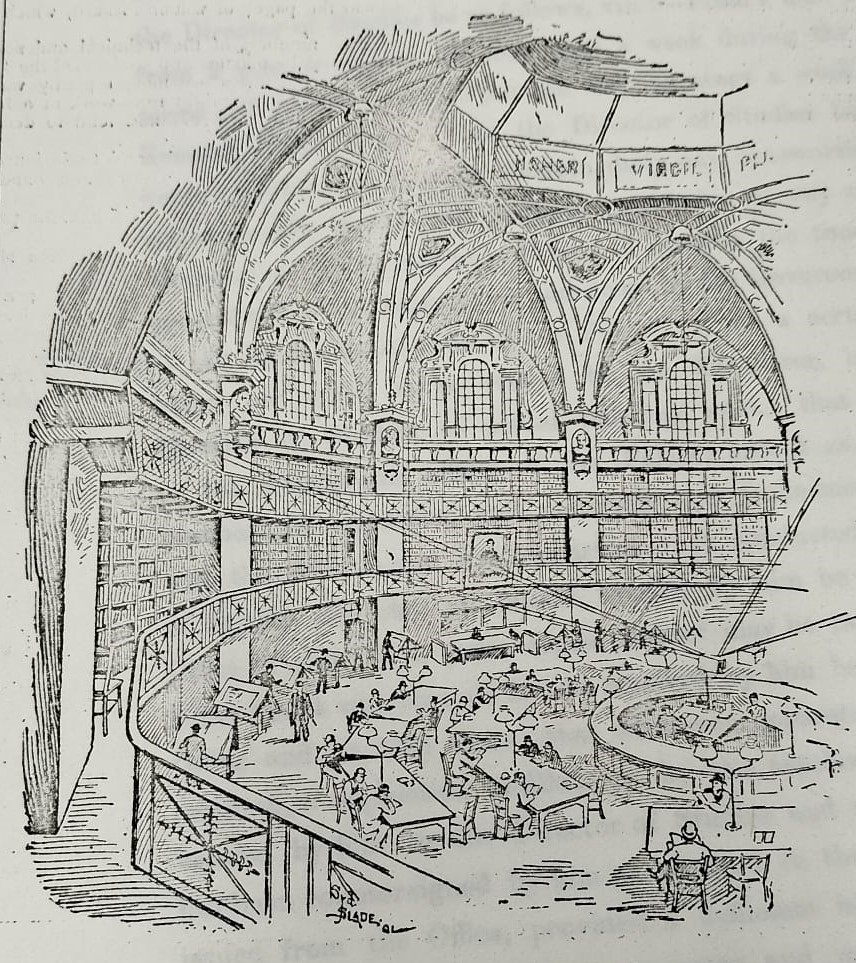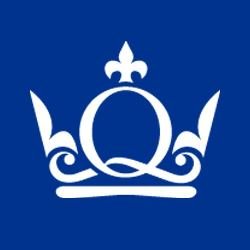The People's Palace

Photography: Norah Alghafis
G. O. Jones Building Joseph Priestly Building
In 1886, the People's Palace was established with the aim of creating a hub for education and culture within the local community. The project received funding from the Beaumont Trust, which had been established in accordance with the will of John Barber Beaumont, to support the Philosophical Institution he had founded.
The People's Palace was located on the grounds of the former Bancroft's School, acquired from the Drapers' Company. The facility included the Queen's Hall, a library modelled after the British Museum, a swimming pool, a gymnasium, a winter garden, and schools.
The library and swimming bath were completed in 1888 as were the technical and trade schools. The People’s Palace Technical Schools offered a Day School and Evening Classes. The Day School, which began autumn 1887 in the old Bancroft School buildings, was for boys 12+ and the Evening classes were from 1888 open to all in technical, trade and scientific subjects. The winter garden, begun in 1890 and completed in 1892, was also used for concerts and refreshments. The gymnasium, constructed in 1891, had a roller-skating rink in the basement.
However, the financial management of the Palace soon ran into difficulties. It was saved by the Drapers' Company which committed a subsidy of £70,000 over ten years. In 1889 a separate students' library had been established and by 1902 the Governors agreed that the original library should be transferred to the Borough of Stepney to form the basis for the first public library in Mile End.
The People’s Palace Technical Schools changed its name to East London Technical College in 1896. By this time, the College consisted of a Day School for boys aged 13-16; Day Classes for men and women at a higher education level in Engineering, Chemistry and Art; Evening Classes preparing students for University of London examinations in Science or entry into Civil Service. The Bow and Bromley Institute amalgamated with the People's Palace as a branch of East London Technical College in 1898; this branch closed in 1911.
East London Technical College became East London College in 1905, the same year a University level Arts course was added to the Day and Evening Classes. The Day School closed in 1906 but in 1907 the College’s application to be recognised as a School of the University of London was approved. In 1908 a Professorial Board was established and the Director of Studies position was retitled Principal. Faculties of Arts, Science and Engineering were established and providing “facilities for research” was added to the objectives of the College.
In 1911 the Visiting Committee of the Palace Governors was split into two to form a Palace Committee and an East London College Committee albeit still under the umbrella of the Palace Governors. This was the beginning of a final administrative separation of the Palace from the College which was formalised under a new scheme sealed by the Charity Commissioners and Board of Education in 1913. From 1913 onwards East London College, which would be renamed Queen Mary College in 1933, was administered separately.
In 1931 a fire destroyed the Queen's Hall and it was decided to reside the People's Palace in St Helen's Terrace. This gave the whole of the original site to the College and physically separated the People’s Palace and East London College. The new People's Palace was opened in 1937, providing a concert and dance hall. However, postwar conditions meant that the People's Palace was no longer financially sustainable, and in 1953 it came on the market. In 1954 it was acquired by Queen Mary College.
Sources Used:
Queen Mary University of London Archives, catalogue entry QM/1 (http://archives-catalogue.library.qmul.ac.uk/CalmView/Record.aspx?src=CalmView.Catalog&id=QM%2f1)
Other ways to explore Queen Mary College:
Information

The information page contains all the information that can be found on the virtual tour in one, easy to navigate, page.
People

The people page shows all the key figures mentioned throughout the tour, whose revolutionary work in their respective fields still assist in research today.
Stories

The stories page provides information about the Trust established between Westfield College and Queen Mary College.
Community

The community page provides an opportunity to learn more about notable events that have occurred in the Queen Mary University of London community.